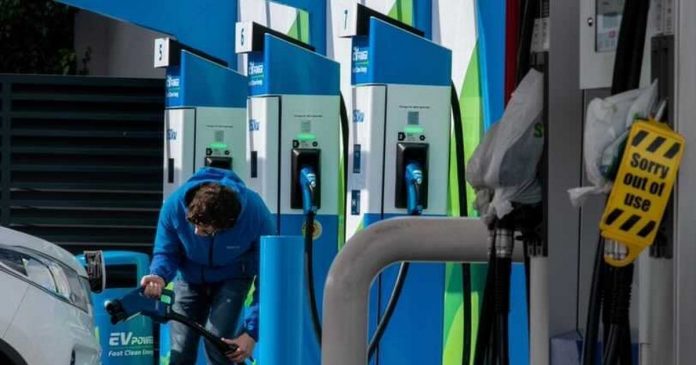In recent years, electric cars have grown rapidly in popularity. Increasing environmental awareness is one reason why more and more people are switching from gasoline and diesel.
But it’s also fair to say that many of us still have reservations about electric cars – and how far they can get us before we have to charge them. This has been referred to as “range fear”.
A related concern some people have is the prospect of their EV running empty halfway while driving. What happens then?
READ MORE: Why Are New Car Sales Falling?
How far can electric cars go?
The distance an electric car can travel between charges depends on the car (and the batteries it is equipped with) and other factors, including the weather and the way you drive.
In general, smaller electric city cars can travel around 100-150 miles on a single charge. However, there are some top-of-the-range vehicles that can travel well over 300 miles.
You are also much less likely now to struggle to find a place to recharge your car when it is running low. In fact, there are over 15,000 charging points in the UK.
What happens when an electric car runs out of charge?
The simple answer is: when an electric car is empty, it stops driving. But your car will warn you in advance that you will run out of battery – usually when the battery is about 20% left.
Your vehicle will also go into failsafe mode before the battery is completely empty, giving you plenty of time to safely pull to the side of the road.
But if the worst happens and you run out of power in a place where you cannot charge your car, you need to call Roadside Assistance.
What then happens is either your car is quickly charged on the spot – so you have enough power to get to a charging station – or it is towed to a charging station.
How to advance your electric car
Vanarama car and van leasing company has provided some practical tips to help you get more miles out of your electric vehicle on a single charge.
-
Drive slower, as driving faster can drain the battery faster.
-
Use a seat heater instead of your heater – it uses less energy.
-
Use regenerative braking instead of friction braking. This uses the electric motor as a generator, which sends energy to your battery when you brake or accelerate.
-
Plan your trip in advance or use your sat nav to find the cheapest route.
-
Set the temperature so that the vehicle only needs to maintain a certain temperature while driving.
Stay up to date on going out, going out, shopping and more with our daily email updates

